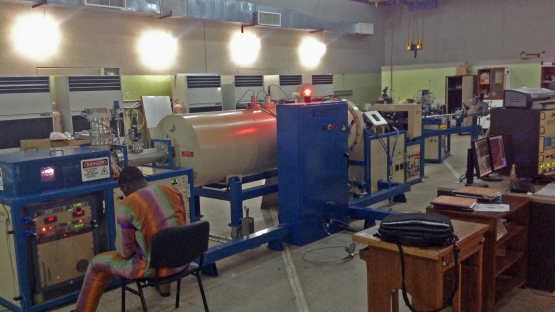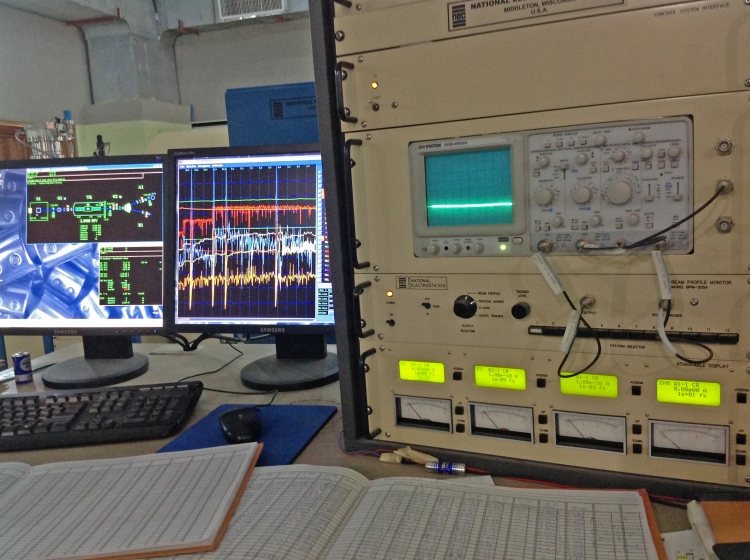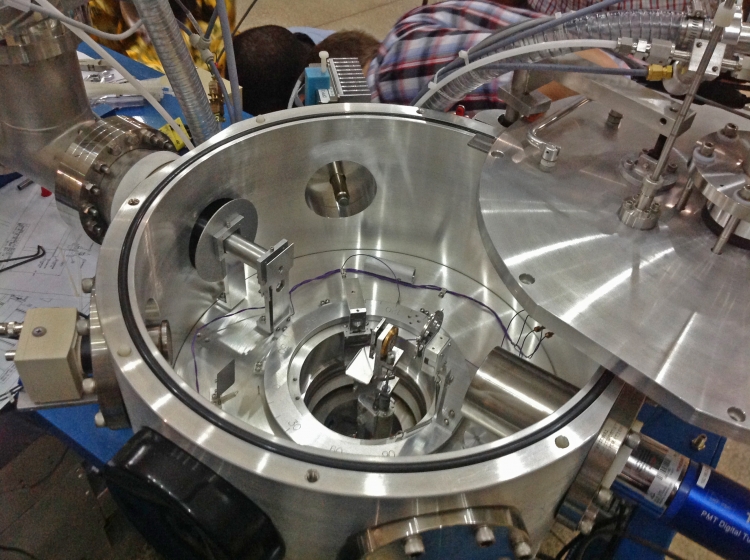For over 50 years, scientific researchers have deployed Ion Beam Techniques (IBT) to determine the age and origin of historical artefacts, to develop resilient and robust materials, to understand the elemental composition of samples, and to understand the ageing of nuclear fuel plant components. The suite of analytical and modification techniques included in the IBT family have found applications across a broad range of disciplines and domains, allowing us to better understand the world which surrounds us.
Persuaded by the environmental, geological, industrial and energy-related benefits of nuclear particle accelerators, the Government of Nigeria requested the IAEA’s support in developing its capacities in ion beam analysis. In response to that request, the IAEA launched two projects, consecutively, through its technical cooperation (TC) programme.
Within the framework of the first TC project, the Agency assisted the Nigerian government in acquiring a 1.7 megavolt accelerator and installing it at the Centre for Energy Research and Development (CERD) in Ilé-Ifẹ̀, Nigeria. Moreover, the IAEA provided two expert missions in support of the project—the first mission reviewed the status of CERD’s operational readiness to receive the accelerator, while the latter provided a workshop for the accelerator’s anticipated users. Furthermore, three senior CERD scientists were accepted as IAEA Fellows and trained in a broad range of ion beam analysis techniques, including positron-induced x-ray emission (PIXE), Rutherford backscattering, elastic recoil detection analysis and nuclear reaction analysis.




